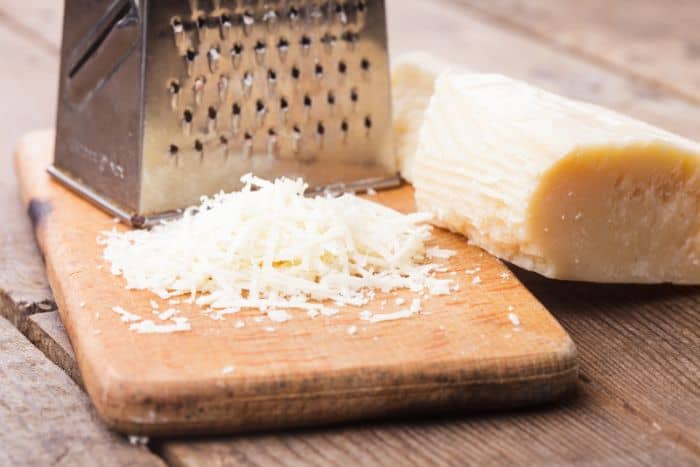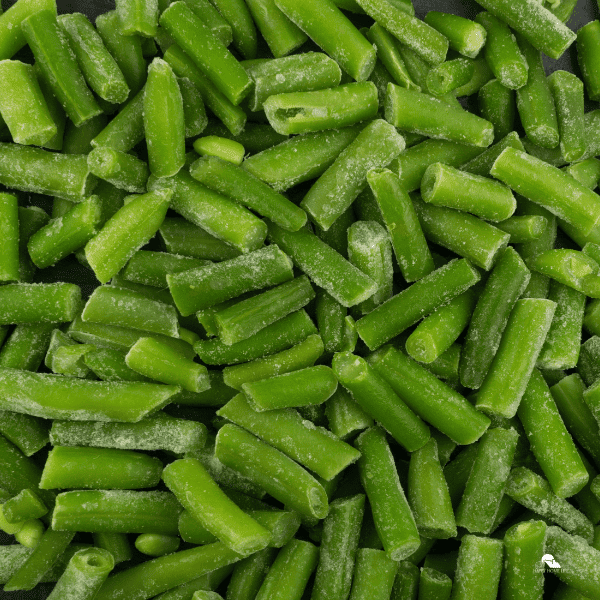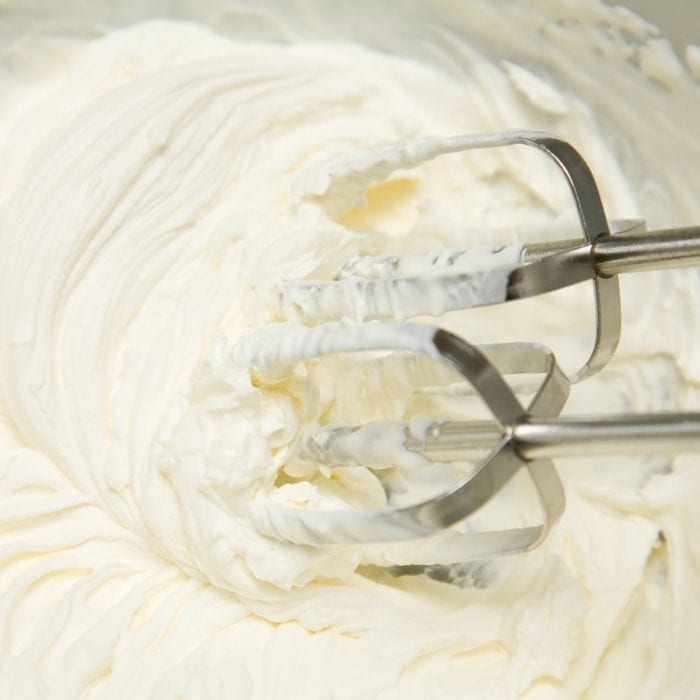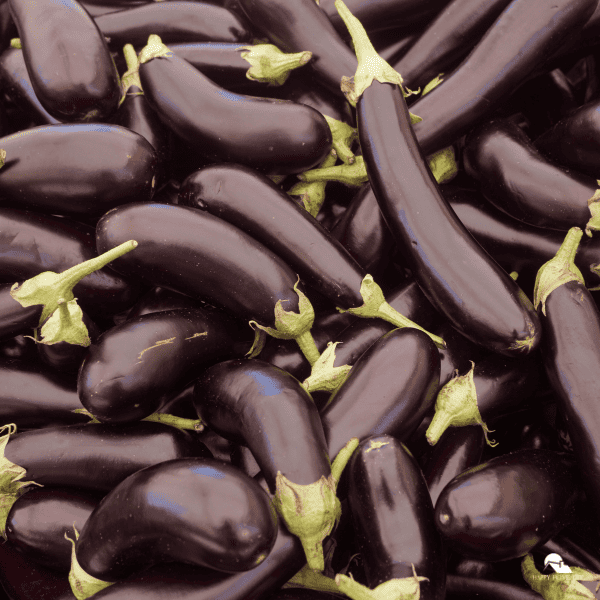Have you found yourself asking ‘how long does grated parmesan cheese last’ every time you buy it from the store? Well, the answer isn’t as straightforward as you’d think. The shelf life of grated parmesan cheese depends on several factors, such as the way it’s stored and the type of cheese used.
In this blog post, we’ll explore how long grated parmesan cheese really lasts in the fridge so you can keep it fresh for as long as possible.

The shelf life of grated parmesan cheese
Understanding the shelf life of grated parmesan cheese is essential for ensuring its freshness and taste. While the expiration date on the package gives you a general idea, there are other factors to consider as well. Storing parmesan cheese properly is key in extending its shelf life.
Grated parmesan cheese can sit out at room temperature for a short period, but it’s best to refrigerate it to maintain its quality. When stored in the fridge, grated parmesan can last up to four to six weeks. However, it’s important to note that this is just a rough estimate, and the actual shelf life can vary based on different factors.
The type of cheese used to make grated parmesan can affect its shelf life. Real, aged parmesan cheese generally has a longer shelf life compared to imitation parmesan cheese. Additionally, the way the cheese is stored also plays a role. It’s important to keep the cheese tightly sealed in an airtight container or resealable bag to prevent moisture and bacteria from contaminating it.
To determine if grated parmesan cheese has gone bad, there are a few signs to look out for. Mold growth, changes in color, an off-smell, or a slimy texture are indicators that the cheese has spoiled and should be discarded.
You might enjoy these posts:
Factors that affect the expiration date
When it comes to the expiration date of grated parmesan cheese, there are several factors that can affect its shelf life. Understanding these factors can help you make informed decisions about how to store and use your cheese to ensure its freshness and safety.
One of the main factors that can affect the expiration date of grated parmesan cheese is the type of cheese used. Real, aged parmesan cheese generally has a longer shelf life compared to imitation parmesan cheese. This is because the aging process helps to remove moisture from the cheese, making it less susceptible to spoilage. So, if you’re looking for a longer-lasting grated parmesan cheese, opt for the real deal.
Another factor that can affect the expiration date is how the cheese is stored. Keeping your grated parmesan cheese tightly sealed in an airtight container or resealable bag is crucial to prevent moisture and bacteria from contaminating it. Moisture can lead to mold growth, which is a clear sign that the cheese has gone bad. It’s also important to store your grated parmesan cheese in the refrigerator, as this will help to maintain its quality and extend its shelf life.
In addition, the storage conditions of the grated parmesan cheese can also play a role in its expiration date. It’s important to store the cheese in a cool, dry place away from direct sunlight or heat sources. Exposure to heat can cause the cheese to melt and become rancid, which is another sign that it has gone bad.
Overall, the expiration date of grated parmesan cheese can vary depending on factors such as the type of cheese used, storage conditions, and exposure to heat or moisture. By understanding these factors and taking proper storage precautions, you can ensure that your grated parmesan cheese stays fresh and safe for as long as possible.

Signs of spoilage to look out for
When it comes to grated parmesan cheese, it’s important to know the signs of spoilage to look out for. After all, you don’t want to use expired parmesan cheese and risk ruining your dishes. So, how can you tell if your grated parmesan has gone bad?
One of the first signs to look for is mold growth. If you see any green, blue, or fuzzy patches on your grated parmesan, it’s a clear indicator that it has spoiled and should be discarded. Another sign is changes in color. If your grated parmesan has turned a darker or yellowish shade, it’s likely past its prime.
An off-smell is also a telltale sign that your grated parmesan has gone bad. If it smells sour or has a strong ammonia-like odor, it’s best to toss it. Lastly, check the texture. If your grated parmesan has become slimy or sticky, it’s a definite sign of spoilage.
Remember, consuming spoiled grated parmesan cheese can lead to foodborne illnesses, so it’s important to be vigilant about these signs of spoilage. Don’t risk your health or the taste of your dishes by using expired parmesan cheese. When in doubt, it’s better to err on the side of caution and get a fresh batch.
Proper storage methods for extended freshness
Properly storing your grated parmesan cheese is essential for extending its freshness and shelf life. By taking a few simple steps, you can ensure that your cheese stays delicious for as long as possible.
First and foremost, always keep your grated parmesan cheese refrigerated. While it can sit out at room temperature for a short period, refrigeration is the best way to maintain its quality. Make sure to store it in an airtight container or resealable bag to prevent moisture and bacteria from contaminating the cheese.
Additionally, keep your grated parmesan cheese in a cool, dry place in the refrigerator. Avoid placing it near heat sources or in direct sunlight, as this can cause the cheese to melt and become rancid.
If you buy grated parmesan cheese in bulk, consider dividing it into smaller portions and freezing the excess. Freezing can help extend the shelf life of grated parmesan cheese by several months. Just make sure to tightly seal it in a freezer-safe container or bag to prevent freezer burn.
Remember to regularly check for signs of spoilage, such as mold growth, changes in color, an off-smell, or a slimy texture. If you notice any of these signs, it’s best to discard the cheese to avoid foodborne illnesses.
By following these proper storage methods, you can enjoy your grated parmesan cheese for longer periods and avoid wasting any of this delicious ingredient.

Ways to use up leftover parmesan cheese before it goes bad
If you find yourself with leftover grated parmesan cheese that’s approaching its expiration date, don’t fret! There are plenty of delicious ways to use it up before it goes bad. Here are some creative ideas to help you make the most of your grated parmesan:
- Pasta perfection: Sprinkle grated parmesan cheese over your favorite pasta dishes, whether it’s classic spaghetti, creamy fettuccine alfredo, or a tangy carbonara. The salty, nutty flavor of parmesan adds a wonderful depth to any pasta dish.
- Savory salads: Toss your favorite greens with a generous sprinkling of grated parmesan cheese. The cheese pairs beautifully with fresh vegetables, nuts, and a drizzle of balsamic vinaigrette.
- Homemade garlic bread: Mix grated parmesan cheese with softened butter and minced garlic, then spread it over slices of crusty bread. Toast until golden brown for a mouthwatering side dish or appetizer.
- Parmesan crusted chicken: Coat chicken breasts or tenders with a mixture of grated parmesan cheese, breadcrumbs, and spices. Bake or pan-fry for a crispy, flavorful meal.
- Creamy risotto: Stir grated parmesan cheese into a warm pot of risotto for a rich, creamy texture. The cheese melts beautifully, adding a velvety finish to this comforting dish.
We have several recipes here to help you use up your stash of grated parmesan, like these crispy zucchini fries, chicken Florentine soup, and spinach artichoke dip. It’s also delicious in a classic lasagna!
Remember, always check for signs of spoilage before using your grated parmesan cheese. By getting creative with your leftover cheese, you can enjoy its delicious flavor while reducing food waste.
So go ahead, get cooking, and savor every last sprinkle of that grated parmesan!






